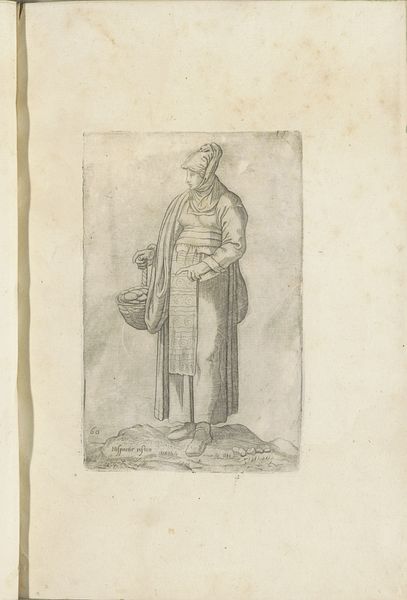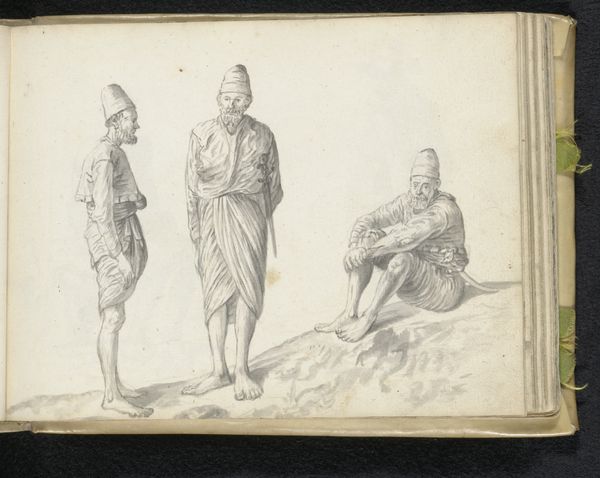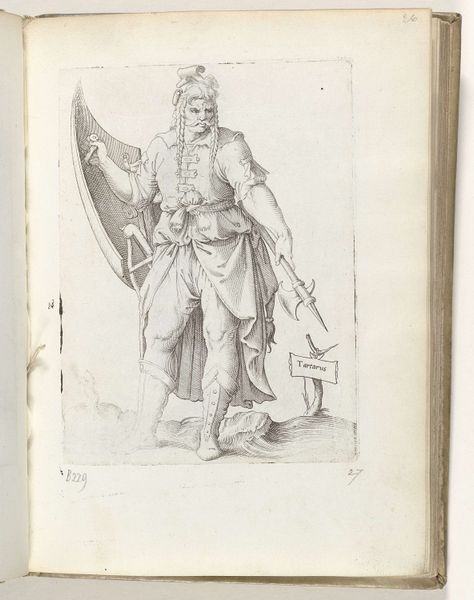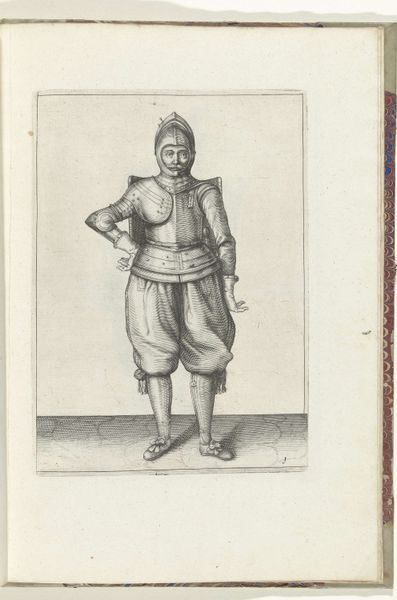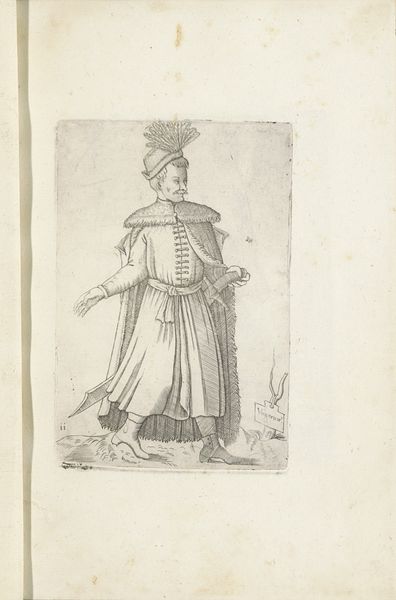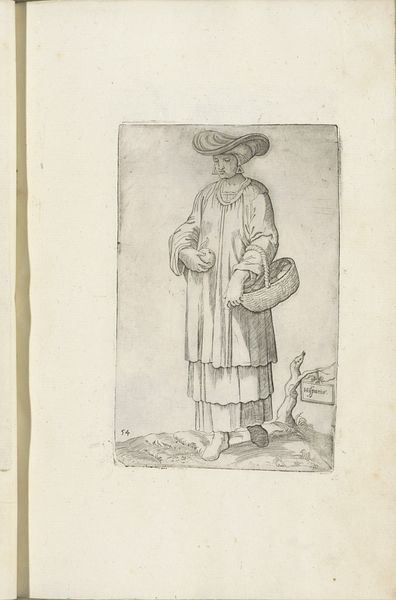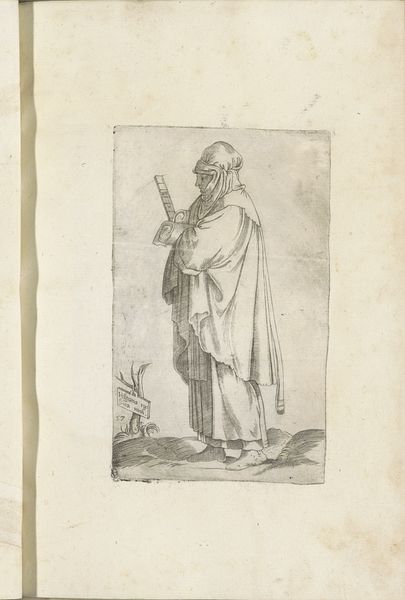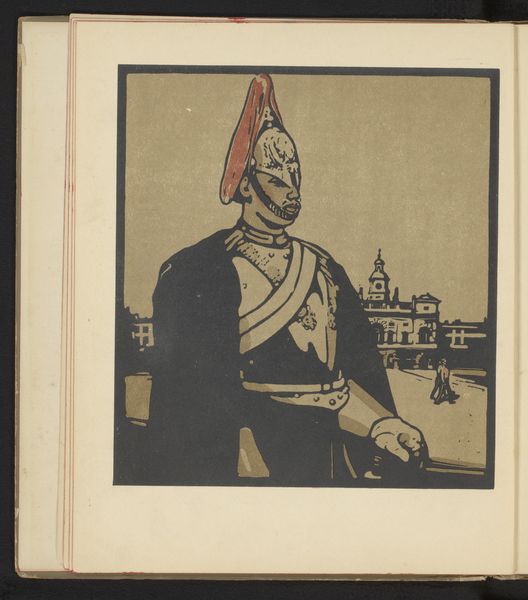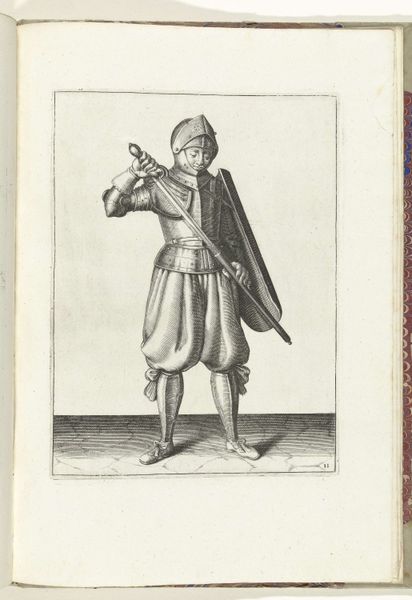
drawing, pencil
#
portrait
#
drawing
#
dutch-golden-age
#
coloured pencil
#
pencil
#
realism
Dimensions: height 148 mm, width 196 mm
Copyright: Rijks Museum: Open Domain
Esaias Boursse sketched this officer of lascarins with graphite, likely in the mid-17th century. The Dutch East India Company employed lascarins, who were South Asian sailors and military personnel. Boursse worked for the Company, and his drawings offer valuable glimpses into its operations and the cultural encounters it facilitated. Here, the officer's relaxed pose and detailed attire—the turban, layered garments, and sword—speak to his status and the blending of local and colonial influences. The map carved into the bench invites speculation. Does it represent territories under Dutch control? Is it a navigational aid? Understanding this image requires considering the Company's vast archives, travelogues, and studies of colonial administration. By examining these resources, we can better understand the social dynamics and power structures represented in Boursse's sketch. The image reminds us that art is always embedded in specific social and institutional contexts.
Comments
No comments
Be the first to comment and join the conversation on the ultimate creative platform.


